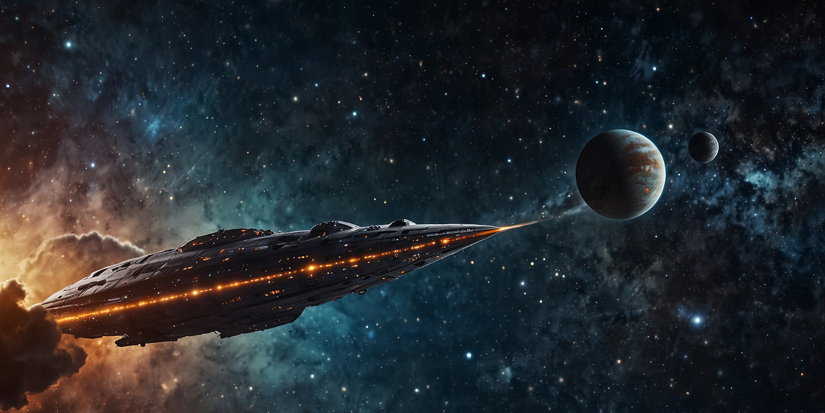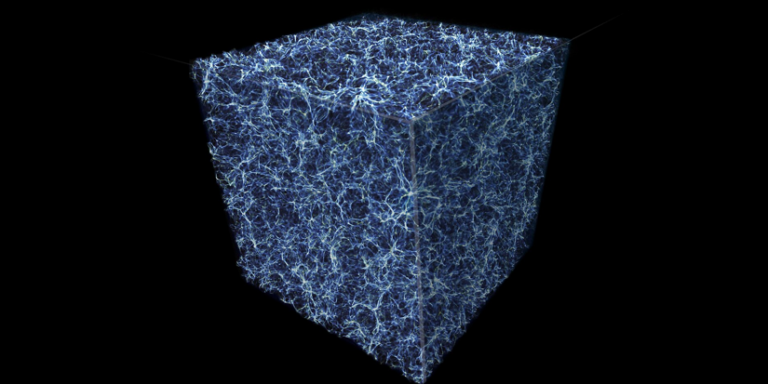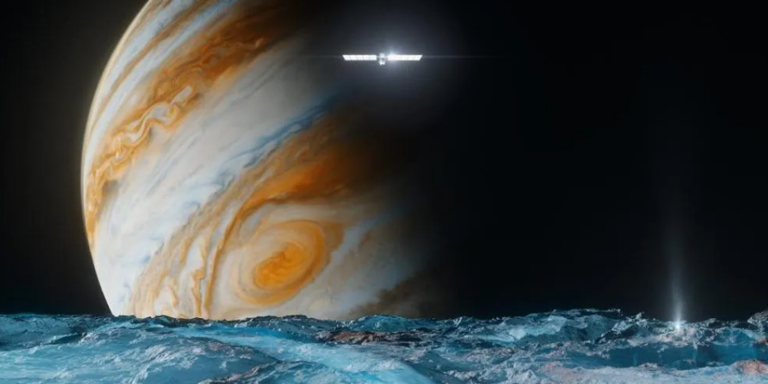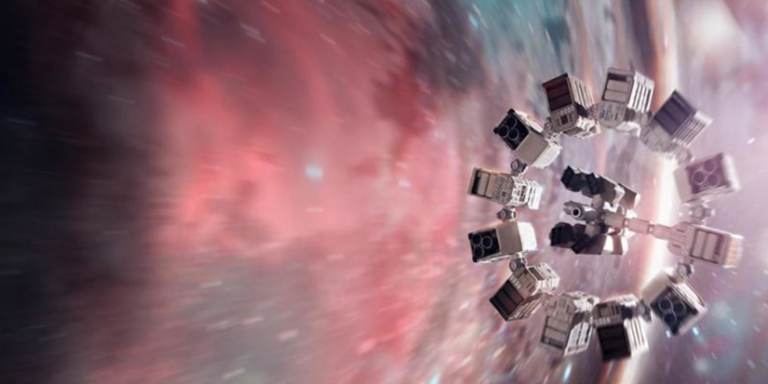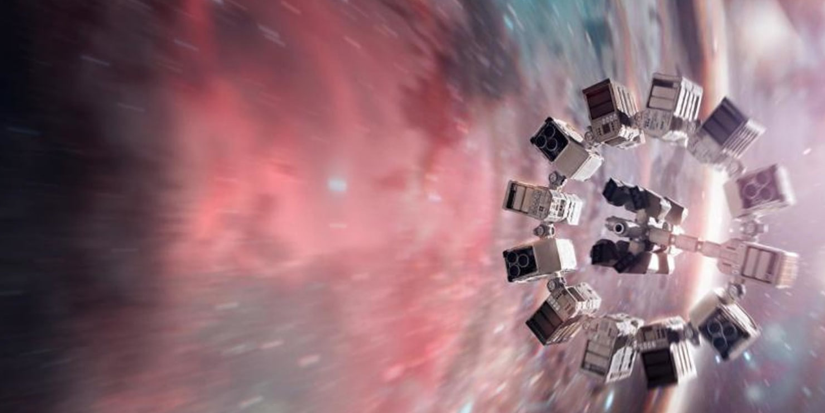
In the hit 2014 film Interstellar the real star of the show was the supermassive black hole known as Gargantuan. A well suited name for an object that is 100 million times that of our sun. The film relied on the equations of renowned theoretical physicist Kip Thorne who was adamant that the film use accurate physics. Even the differential time differences were accurately portrayed using a concept called time dilation, which is a real phenomenon in physics, where time travels slower the closer you get to a black hole.
Never Miss A Story
Oliver James, who was tasked in leading the visual effects team for the film said he asked Kip Thorne when developing Gargantuan: “‘Could you give me an equation that describes the trajectory of light from a distant star, around the black hole and finally into an observer’s eye?”
Kip Thorne then relayed with Oliver’s team at DNEG, the visual effects studio that Christopher Nolan has used for several films, in some 1,000 emails, most of which included mathematical formulas to which DNEG could then apply to their code that would essentially build the supermassive black hole.
Producing a moving black hole for IMAX required a lot of computing power, and demands absolute high quality, as a result rendering time blew out to 100 hours as opposed to the usual 5-6 hours. But I think we can all agree that the final product is sensational.
Check out the original story at CERN
What’s New?
- The Black Hole In Interstellar Was Built From Actual Equations

- Astronomers discover the largest structure in the universe
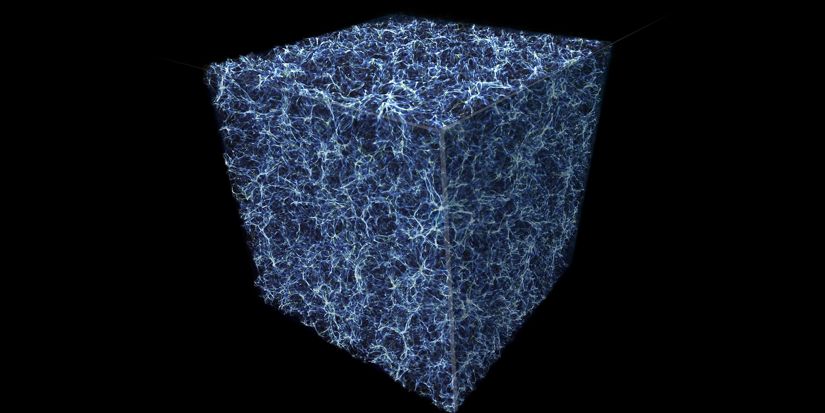
- Russian Plasma Engine Will Get Us To Mars In 30 Days

- How Do We Know There’s an Ocean Beneath Europa’s Surface?
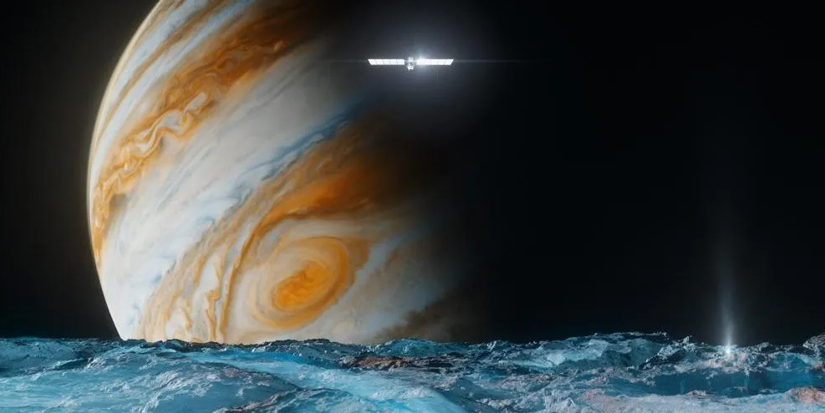
- What is the Turing Test?

- How light beams could propell us to the stars
